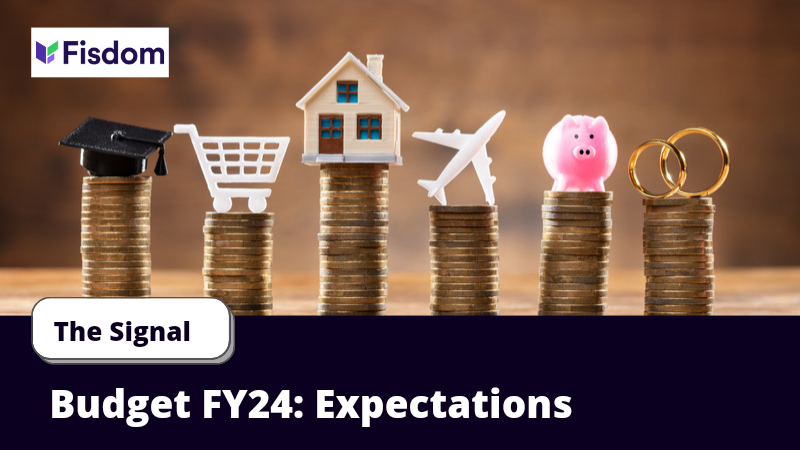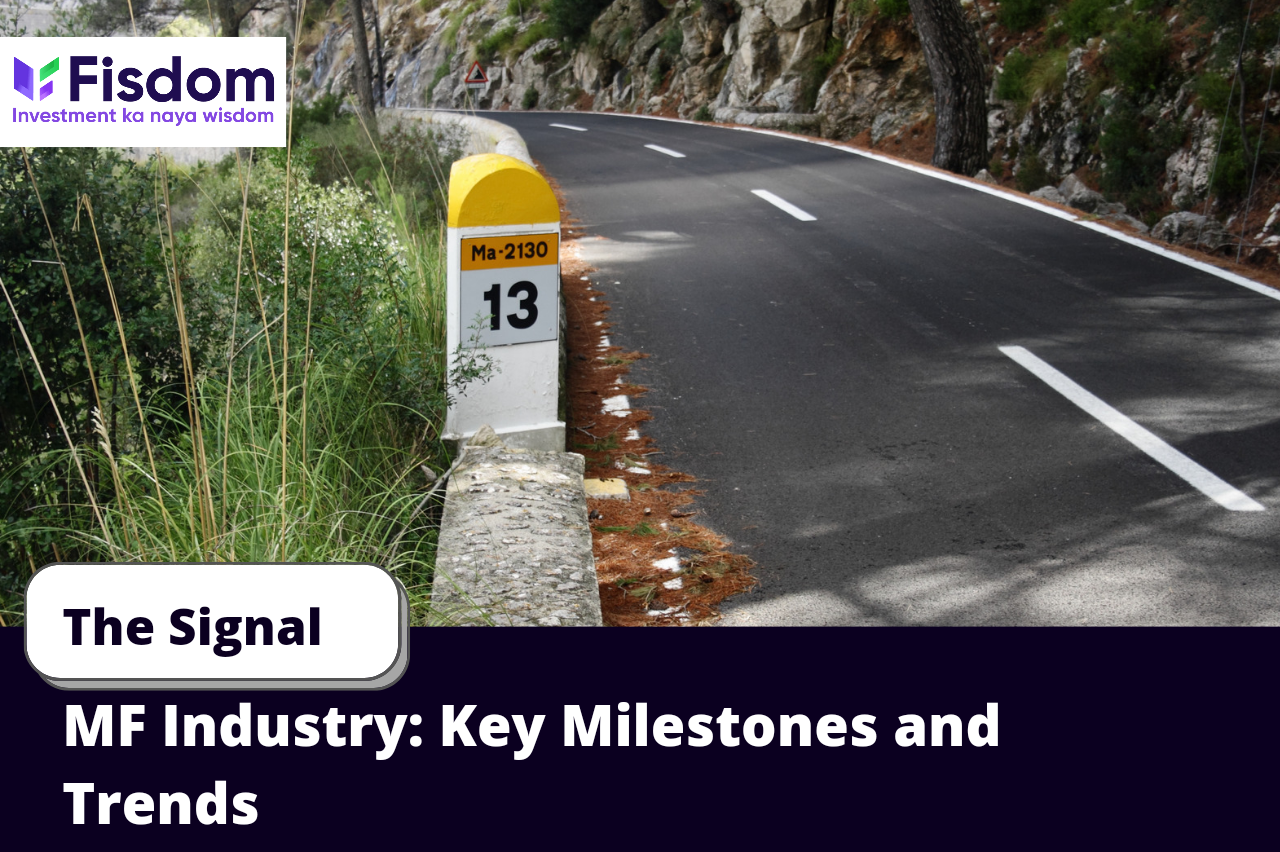

1. Indians Bargain With Selves As Businesses Bid Adieu
The slowdown in spending by Indian households (HH) through the lockdowns has resulted in US$200bn ‘extra’ net savings in financial assets-and as a percentage of GDP closet of the peak seen post-GFC.
Household savings kept in hand or in saving schemes will be like lazy money getting accumulated in accounts. The same savings should be moved to appropriate product by considering asset allocation and risk appetite. After all, It’s not how much money you make, but how much money you keep and how hard it works for you.
2. Wholesale (Inflation) Wobbles
India’s latest wholesale inflation recorded 7.39%, increasing to its highest figures in eight years. This comes on the back of the prior month recording a 27-month high, at 4.17%. The rise in WPI is mainly due to price increases of commodities in crude oil, petroleum products and basic metal. Wholesale food index has seen a significant spike in 2021, jumping from -0.26% and 3.31% in Jan And Feb’21 to 5.28% in Mar’21
Low base effect and expected pick-up in food prices (after remaining soft for months) will be key sub-elements to observe in future readings for the wholesale price index. Rising commodity prices, and pass-through pricing power courtesy of demand normalization pose as upside risks to inflation readings in near-term. It is likely for RBI to remain on pause in next meet and consider rate-cuts in near future after efficacy in transmission of prior rate-cut
3. A New Bank On The Horizon!
A universal bank is a bank that offers retail, wholesale and investment banking services under one roof. RBI’s internal working group (IWG) had earlier suggested to allow large corporate and industrial houses to own banks by amending the Banking Regulation Act, 1949.
RBI had last issued banking license in 2014 to Kolkata-based Bandhan Bank and IDFC. Similarly, in 2015 RBI had granted in-principle license for small finance banks to 10 entities including Ujjivan Financial Services, Janalakshmi Financial Services and Equitas Holdings, among others. Later, the regulator had released separate guidelines for allowing on tap licensing of universal banks and small finance banks
4. DFI Institution Finds Its Funding
Govt to top up rs 5,000-crore grant to enable proposed state-owned dfi to raise low-cost funds. The corpus will be used to refund taxes on bonds issued by NaBFID (DFI name) and help it meet hedging or commission costs on funds raised from overseas. Given that one DFI can’t satiate appetite of the infrastructure sector, the government will offer a five-year tax holiday for private-sector.
It is not a one-time grant, and the DFI will get additional support once the amount is used up, subject to a certain limit. Reserve Bank of India will take a call on allowing the DFI to issue bonds that would qualify for SLR (statutory liquidity ratio) investment by banks.
5. RBI Breathes New Life Into NBFCs
RBI’s proposed guidelines for non-bank lenders are not as stringent as feared and are expected to improve the funding conditions of the sector and provide more confidence to potential investors.
The proposed norms and guidelines are steps towards regulating NBFCs. Also, expectations built-up around the news of conversion of NBFCs to banks. The proposed norms and guidelines will nurture NBFCs risk management. Further, it will result into better transparency in operations of NBFCs.



























